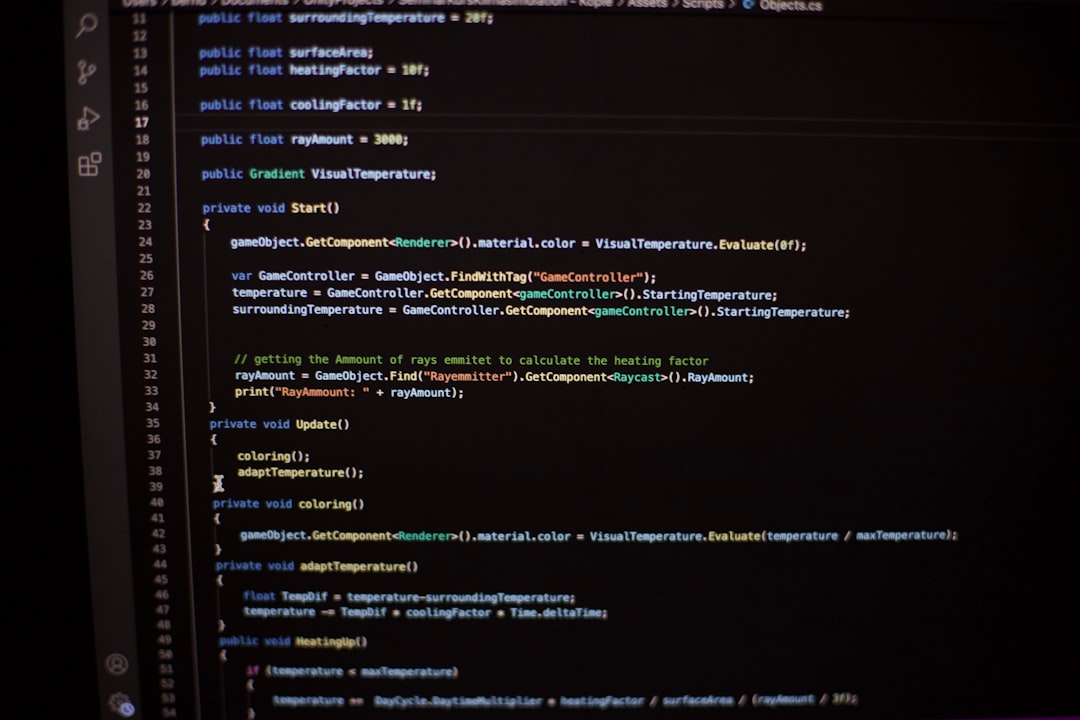In modern web development, performance and user experience are paramount. With the evolution of JavaScript frameworks like React, Vue, and others, developers have been offered multiple rendering strategies to cater to different project requirements. Understanding these rendering modes—Client-Side Rendering (CSR), Server-Side Rendering (SSR), Static Site Generation (SSG), and Incremental Static Regeneration (ISR)—is crucial for building scalable, fast, and SEO-friendly web applications.
What is Rendering in Web Development?
Rendering is the process of taking application code and converting it into visual elements that users can interact with in a browser. Based on when and where the rendering occurs, we categorize the rendering strategies into different types.
Client-Side Rendering (CSR)
Client-Side Rendering refers to the process where the browser downloads a minimal HTML page and then uses JavaScript to build the rest of the content. Most single-page applications (SPAs), especially those built with libraries like React or Vue, use CSR by default.
Here’s how it typically works:
- The server responds with a basic HTML page and JavaScript files.
- The browser downloads and executes the JavaScript.
- The application dynamically builds and displays content in the browser.
Advantages of CSR:
- Rich client-side interactivity.
- Reduced server load, as the browser handles most of the work.
- Once loaded, navigation between pages is very fast due to JavaScript routing.
Disadvantages of CSR:
- Slower initial load time, particularly on slow connections.
- Poor SEO unless further techniques (like pre-rendering) are used.
- Delayed Time to Interactive (TTI) for complex pages.

Server-Side Rendering (SSR)
Server-Side Rendering involves rendering the application on the server each time a user hits a page. The server returns fully populated HTML pages, along with JavaScript that supports client-side functionality.
How SSR works:
- The user requests a URL.
- The server fetches data and constructs the HTML for the requested page.
- The finished HTML is sent to the browser, which then hydrates the page using JavaScript for interactivity.
Advantages of SSR:
- Faster Time to First Byte (TTFB) and better initial performance.
- Improved SEO due to fully rendered HTML being delivered to crawlers.
- Integrated support in frameworks like Next.js and Nuxt.js makes implementation straightforward.
Disadvantages of SSR:
- Increased server workload and potential response-time latency.
- Pages must be rendered on every request, which can affect scalability.
- Needs careful caching strategies to mitigate performance bottlenecks.
Static Site Generation (SSG)
Static Site Generation is a rendering method where HTML pages are pre-rendered at build time and stored as static files. These pages are then served directly by a CDN or web server without the need for real-time rendering logic.
This model works especially well for content that does not change frequently, such as documentation sites, blogs, and marketing pages.
Advantages of SSG:
- Blazing-fast performance due to CDN-delivered static content.
- Excellent SEO, similar to SSR.
- Higher scalability with minimal backend processing.
Disadvantages of SSG:
- Longer build times when handling a large number of pages.
- Inflexible for dynamic content unless you use additional client-side rendering or APIs.
- All page updates require a new build and deployment.

Incremental Static Regeneration (ISR)
Incremental Static Regeneration is a hybrid rendering strategy introduced by frameworks like Next.js to combine the best aspects of SSG and SSR. It allows developers to create or update static pages after the site has been built and deployed.
This is how ISR works:
- A page is served as static content, just like with SSG.
- On the first request after a predetermined interval (defined by a
revalidatetime), the server regenerates the page. - The updated page is then cached and served for subsequent requests until the next regeneration cycle.
Advantages of ISR:
- Near-instant page load with the flexibility of dynamic content.
- No need for full site rebuilds with each content update.
- Serves as an ideal strategy for large-scale content sites like e-commerce and news portals.
Disadvantages of ISR:
- First request after page staleness may face longer load times.
- Complex caching logic can sometimes lead to stale data if not handled correctly.
Choosing the Right Strategy
Selecting the appropriate rendering strategy depends on a variety of factors, including content freshness, SEO priorities, performance requirements, and operational complexity.
Here’s a quick guide:
- CSR: Useful for SPAs where SEO is not important and interactivity is a priority.
- SSR: Ideal for applications that need fast, SEO-friendly pages with frequently-changing content.
- SSG: Best for static content where performance and SEO are both critical.
- ISR: Perfect for scalable applications that combine static-speed delivery with dynamic updates.
By mixing and matching these strategies, developers can build robust hybrid applications tailored to modern user expectations.

Hybrid Rendering Models
Frameworks like Next.js support using multiple strategies within the same application. For example, a blog’s public articles might use SSG, its dashboard may rely on SSR, and some search components could fall back on CSR. ISR can power parts of the application that need periodic revalidation without compromising performance.
This fine-grained control enables teams to deliver performant and flexible user experiences without locking themselves into a single rendering paradigm.
Conclusion
The landscape of web rendering is more sophisticated than ever before. Understanding and strategically applying CSR, SSR, SSG, and ISR is essential for any frontend or full-stack developer aiming to deliver optimized, scalable applications. Each strategy carries its own pros and cons, and the best approach often involves a thoughtful combination tailored to the specific requirements of the application.
By leveraging the right rendering model or mix of models, developers not only improve performance and SEO but also enhance developer efficiency, code maintainability, and user satisfaction.



